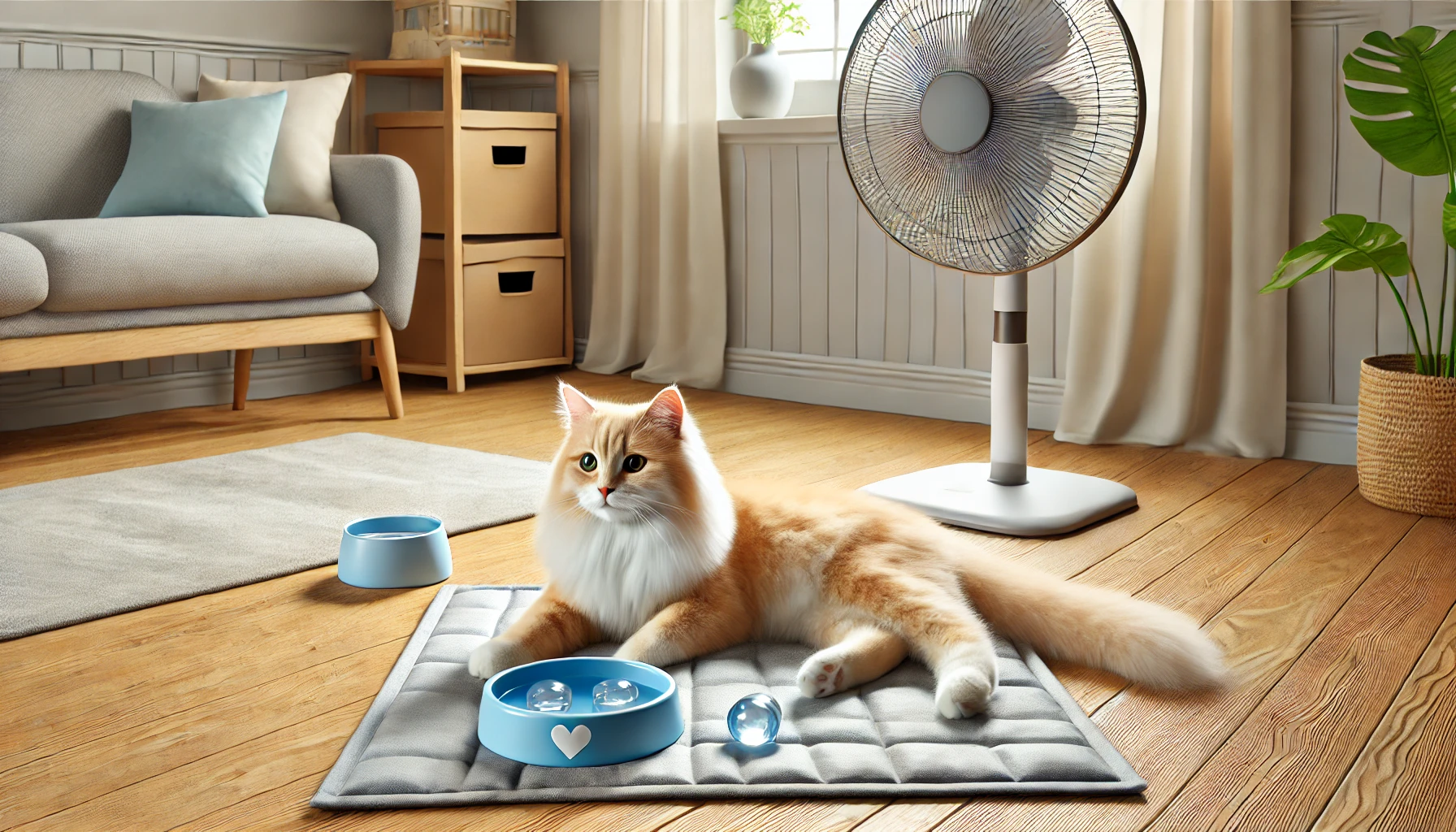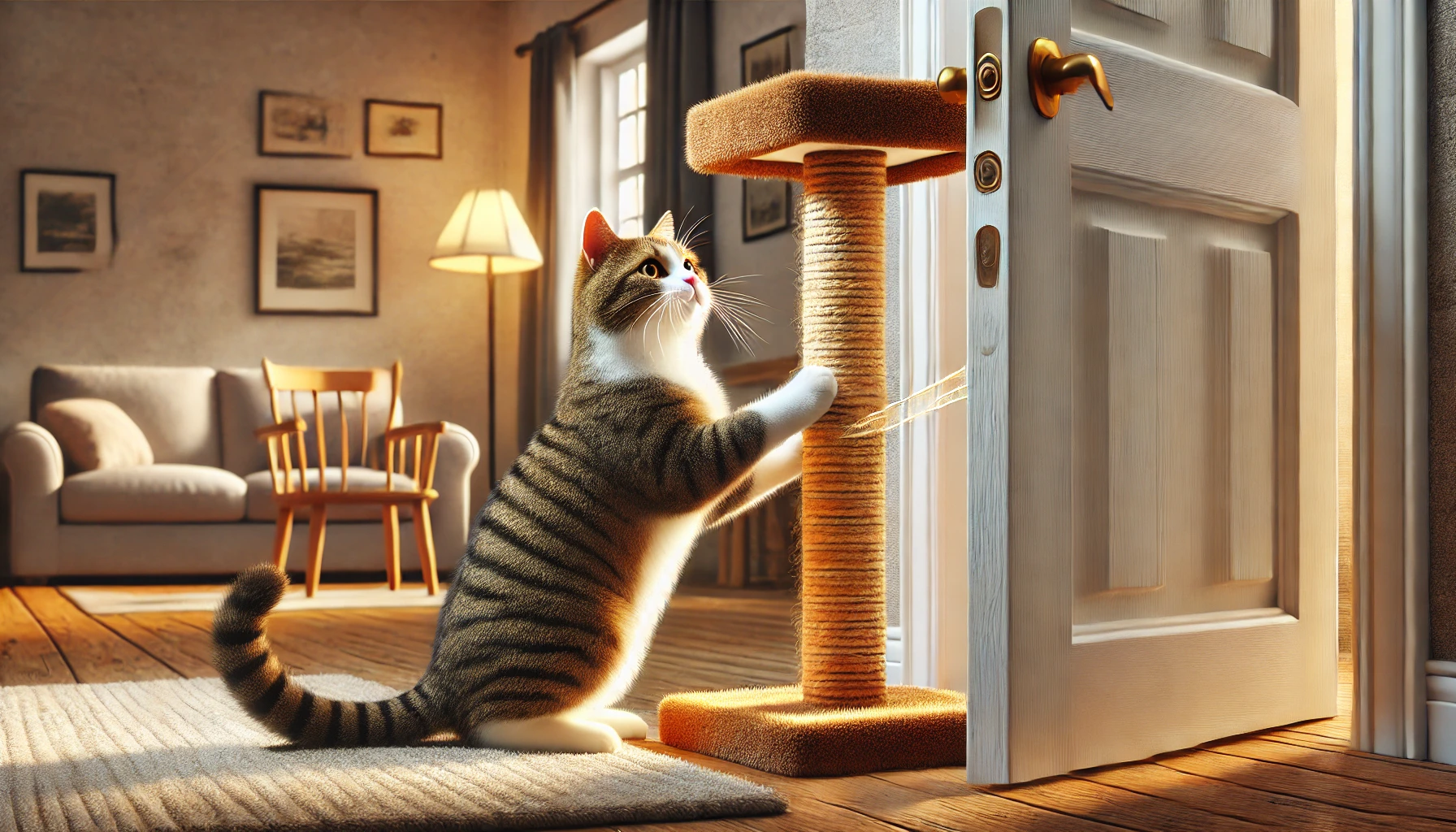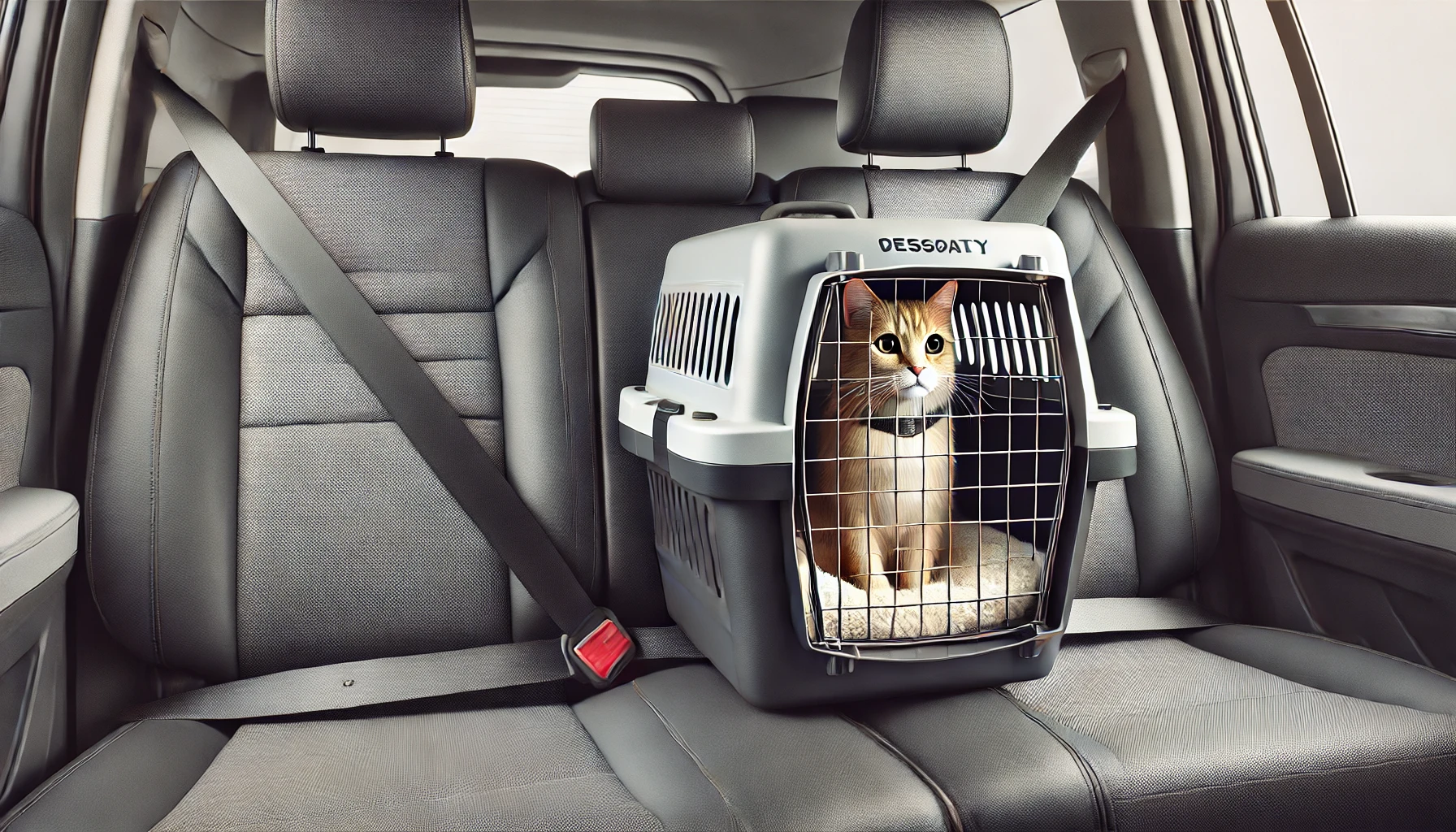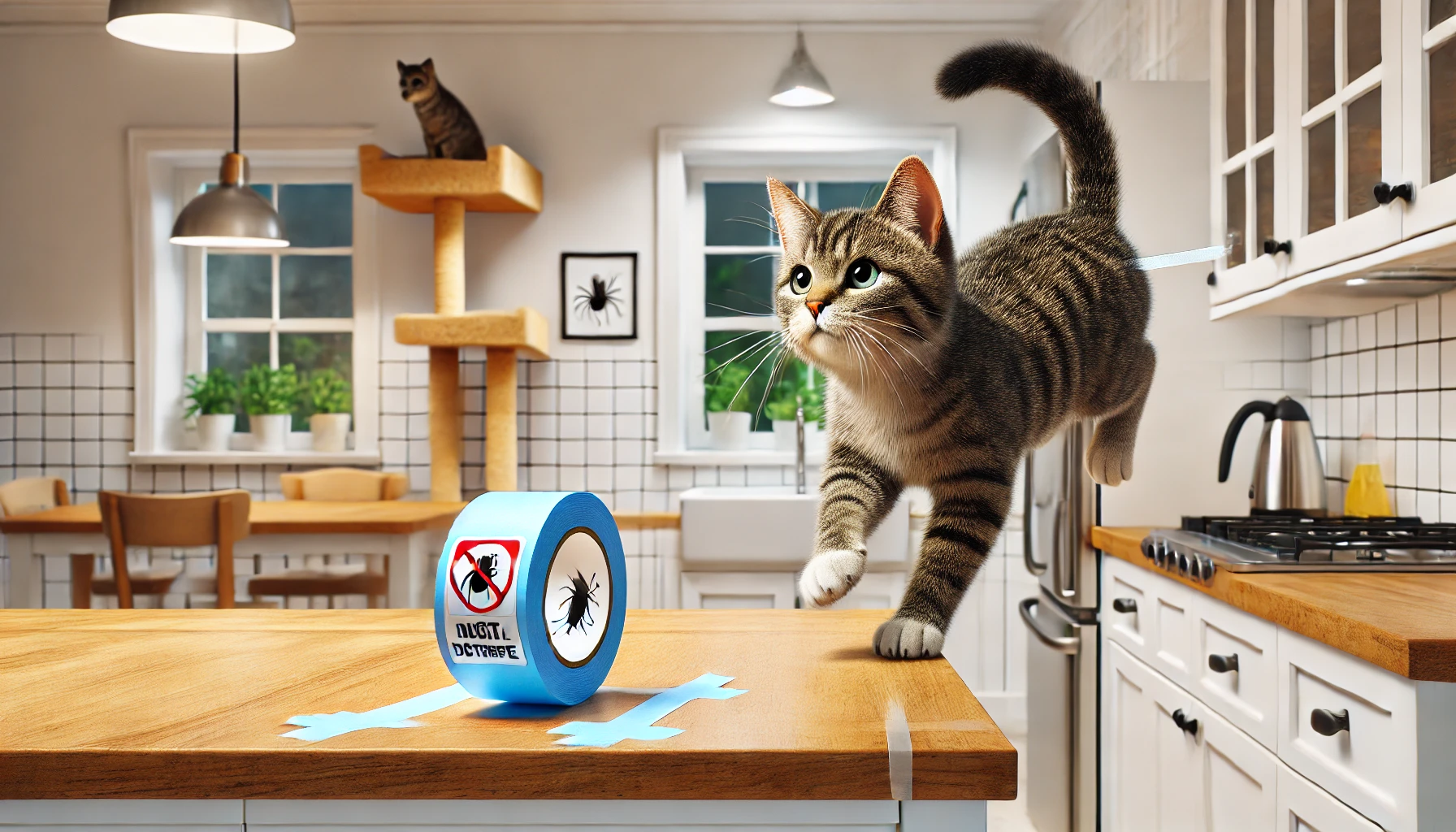Scratching is a natural and necessary behavior for cats. It helps them stretch, mark their territory, and keep their claws healthy. However, when they choose your furniture instead of a scratching post, it can become a problem.
In this guide, you’ll learn how to redirect scratching, choose the right scratching posts, and protect your furniture—without punishing your cat.
1. Understand Why Cats Scratch
Scratching isn’t bad behavior—it’s an instinct!
✅ Reasons Cats Scratch:
✔ Claw maintenance – Removes dead outer layers.
✔ Stretching exercise – Keeps muscles and joints healthy.
✔ Marking territory – Leaves visual and scent markers.
✔ Stress relief – Helps release built-up energy.
🚨 Common Mistake: Punishing a cat for scratching.
Instead: Redirect their behavior to appropriate surfaces.
2. Provide the Right Scratching Post
Cats prefer sturdy, textured surfaces that match their scratching instincts.
✅ Best Scratching Post Features:
✔ Tall enough for a full-body stretch (at least 30 inches).
✔ Heavy and stable (won’t tip over).
✔ Made of rough materials (sisal, cardboard, or wood).
🚨 Common Mistake: Buying a small or wobbly post.
Instead: Invest in a sturdy, well-sized scratching post.
3. Place Scratching Posts in Key Areas
Location matters! Cats scratch where they spend time.
✅ Best Places for Scratching Posts:
✔ Near their favorite sleeping spots.
✔ Close to furniture they like to scratch (couch, chair, bed).
✔ In high-traffic areas, so they naturally use it.
🚨 Common Mistake: Hiding the scratching post in a corner.
Instead: Put it where your cat actually wants to scratch!
4. Encourage Your Cat to Use the Scratching Post
Your cat needs to associate the scratching post with good experiences.
✅ How to Attract Them to the Post:
✔ Sprinkle catnip or silvervine on the post.
✔ Dangle toys around the post to encourage interaction.
✔ Use treats and praise when they scratch the post.
🚨 Common Mistake: Expecting them to use the post immediately.
Instead: Be patient and reward positive interactions.
5. Use Furniture Protectors to Deter Scratching
If your cat won’t stop scratching furniture, make it less appealing.
✅ Ways to Protect Furniture:
✔ Use double-sided sticky tape (cats dislike the texture).
✔ Cover furniture with a fitted sheet or furniture protector.
✔ Place aluminum foil or plastic guards over scratch-prone areas.
🚨 Common Mistake: Spraying strong-smelling repellents.
Instead: Use gentle deterrents that won’t stress your cat.
6. Trim Your Cat’s Claws Regularly
Shorter claws cause less damage to furniture.
✅ How to Trim Claws Without Stress:
✔ Use cat-specific nail clippers (not human clippers!).
✔ Trim only the tip (avoid the pink “quick” inside the nail).
✔ Give treats after trimming to make it a positive experience.
🚨 Common Mistake: Forcing a full trim at once.
Instead: Trim one or two claws at a time if your cat is nervous.
7. Try Soft Nail Caps for Extra Protection
Soft nail caps (like Soft Paws) prevent cats from damaging furniture while still allowing natural scratching behavior.
✅ How They Work:
✔ Small, soft plastic caps are glued onto claws.
✔ They last 4–6 weeks before naturally falling off.
✔ Available in clear or fun colors!
🚨 Common Mistake: Thinking nail caps hurt the cat.
Instead: They are safe and painless when applied correctly.
8. Never Declaw—It’s Inhumane and Harmful
Declawing is a serious surgical procedure that removes part of a cat’s toe bones. It can cause chronic pain, behavioral issues, and mobility problems.
🚨 Declawed Cats May Develop:
❌ Increased aggression or biting.
❌ Difficulty walking or jumping.
❌ Litter box avoidance due to pain.
🚨 Instead of declawing, use training, trimming, and protective measures.
9. Be Consistent and Patient
Training a cat takes time, but with positive reinforcement and consistency, they will learn to use their scratching post.
✅ Training Tips:
✔ Gently redirect them every time they scratch furniture.
✔ Always reward good scratching habits.
✔ Stay patient—changes take a few weeks!
🚨 Common Mistake: Giving up too soon.
Instead: Keep reinforcing the right behavior until it becomes a habit.
10. Provide Multiple Scratching Options
Every cat has different scratching preferences, so offering variety keeps them engaged.
✅ Types of Scratching Surfaces to Try:
✔ Vertical posts – Mimics tree trunks (good for stretching).
✔ Horizontal scratchers – Ideal for cats who scratch carpets.
✔ Inclined scratchers – Provides a different angle.
🚨 If your cat isn’t using one type, try another texture or position!
Final Thoughts
Scratching is a normal and necessary behavior for cats, but with the right training and tools, you can protect your furniture while keeping your cat happy.
🐱 Key Takeaways:
✅ Provide a tall, sturdy scratching post.
✅ Place it near favorite scratching spots.
✅ Use catnip, toys, or treats to encourage use.
✅ Protect furniture with sticky tape or covers.
✅ Trim claws regularly to minimize damage.
✅ Never declaw—use safe alternatives like nail caps.
✅ Be patient and consistent with training.
With the right approach, your cat will happily scratch in all the right places! 🐾💖





